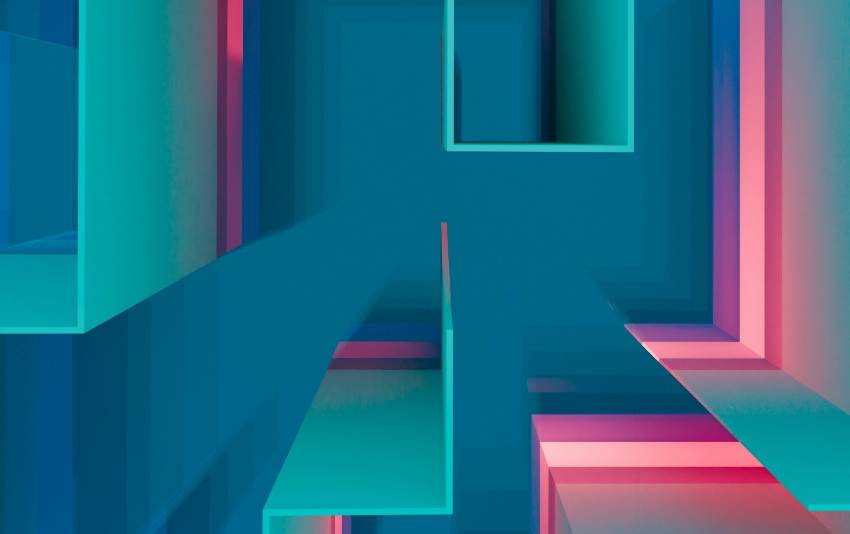In recent years, artificial intelligence (AI) has profoundly transformed various industries, driving innovation and enhancing human creativity. Technologies such as object detection and intrusion detection have become integral to this evolution, particularly in fields like security, marketing, and creative arts. This article explores the latest developments in these technologies, how they complement human creativity, and their trending applications across different industries.
. Object detection is a computer vision task that involves identifying and localizing objects within an image or video. Traditionally, this process required extensive manual effort and expertise, particularly in image labeling and feature extraction. However, advancements in AI, particularly deep learning, have revolutionized object detection. Algorithms such as YOLO (You Only Look Once) and Faster R-CNN have made it possible for machines to interpret and analyze visual data at unprecedented speeds and accuracy.
. The applications of object detection are vast and varied. In retail, for instance, businesses use object detection to analyze customer behavior by monitoring which products are picked up the most, leading to informed business decisions and inventory management. In transportation, smart surveillance systems can detect license plates or monitor traffic flow, assisting in urban planning and law enforcement. Moreover, in the entertainment sector, content creators utilize object detection for video editing and scene analysis, thereby enhancing the storytelling process.
. On the other hand, intrusion detection systems (IDS) represent another critical area of AI application. An intrusion detection system identifies unauthorized access or anomalies in network traffic to improve cybersecurity. With cyber threats evolving rapidly, traditional methods of detection are often insufficient. Here, AI enhances the capability of IDS by providing real-time analysis and predictive insights.
. Machine learning models, particularly those based on neural networks, enable intrusion detection systems to learn from historical data and identify patterns that indicate potential threats. For example, systems can analyze network traffic data in real-time to pinpoint unusual behavior and alert administrators before breaches occur. This proactive approach not only protects sensitive information but also saves organizations considerable resources that would otherwise be spent on damage control following an intrusion.
. The fusion of object detection and intrusion detection technologies showcases a powerful intersection of creativity and technical acumen. For example, a smart city initiative could implement both technologies to create a safer urban environment. Object detection can help monitor public areas for safety violations or unwanted gatherings, while intrusion detection aids in securing the underlying data infrastructure. The integration of these systems highlights how AI can enhance human creativity, allowing urban planners and security experts to design more adaptive and responsive solutions.
. The impact of AI on human creativity is not limited to traditional sectors. In the arts, for instance, object detection algorithms are used to analyze visual styles and assist artists in creating interpretations of existing works. Creative applications often involve collaborating with AI to generate unique images or music compositions, demonstrating how neural networks can act as partners in the creative process. By leveraging AI, artists can explore new realms of creativity, enabling them to push boundaries and discover innovative methods of expression.
. Organizations across different sectors have begun to recognize the potential of AI-enhanced creativity. For example, in the fashion industry, companies utilize AI-driven object detection to gauge the popularity of designs based on social media trends, ultimately optimizing their collections for the consumer market. The ability to quickly analyze visual trends contributes to a more dynamic and responsive design process, reflecting real-time consumer preferences.
. The growing adoption of AI technologies raises pertinent questions about ethics and responsibility. As object detection and intrusion detection become more integral to daily operations, the potential for misuse also increases. Concerns about privacy, surveillance, and algorithmic bias are paramount. For instance, facial recognition capabilities embedded in object detection could lead to invasive monitoring and discrimination against specific groups.
. Addressing these concerns requires collaborative efforts from technologists, policymakers, and community stakeholders. Developing transparent, accountable AI systems that prioritize user consent and data protection is crucial. Moreover, building diverse teams of engineers and developers can help mitigate bias in algorithmic decision-making, promoting fairness across various applications.
. The future landscape of AI in creativity will likely see further integration of these technologies across sectors. As machine learning algorithms continue to evolve, advancements in object detection and intrusion detection will enable even more sophisticated applications. For instance, augmented reality (AR) experiences may become commonplace, allowing users to interact with objects in real-time while receiving contextual information through AI-driven insights.
. Furthermore, innovative applications in healthcare are emerging, where AI-driven object detection algorithms assist in diagnosing diseases from imaging data. In this capacity, the technology not only enhances the accuracy and speed of diagnosis but also empowers medical professionals to focus on meaningful patient care instead of administrative tasks.
. Investment in research and development of AI technologies is crucial for harnessing their full potential. Organizations must acknowledge the importance of investing not only in advanced technologies but also in training skilled professionals who can leverage these tools effectively. Continuous learning and adaptability will be essential in ensuring that these innovations remain aligned with human values and ethics.
. In conclusion, AI technologies like object detection and intrusion detection represent a significant advancement in enhancing human creativity and addressing complex challenges across a range of industries. These innovations facilitate smarter decision-making and foster enhanced interpersonal connections, whether in urban planning, creative arts, or cybersecurity. By embracing AI responsibly and ethically, we can unlock its potential to enrich our lives while navigating the challenges it presents. As we move forward, the collaboration between technology and creativity will become increasingly vital, ultimately leading to a more innovative and secure future.
